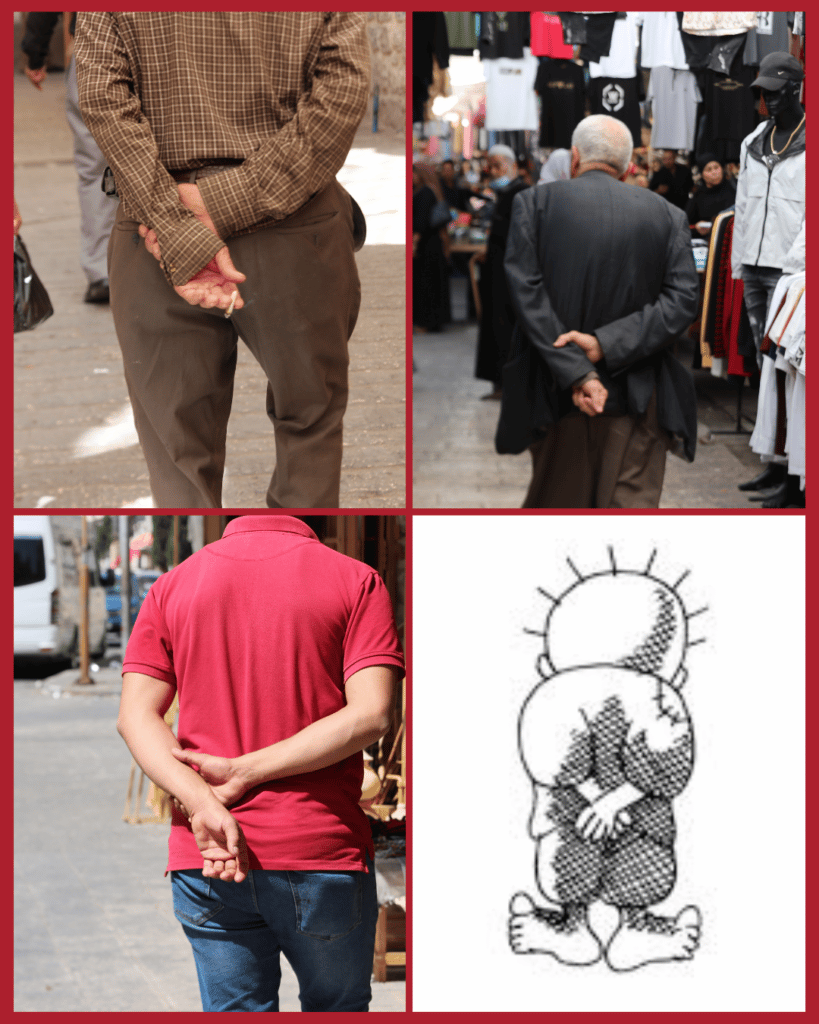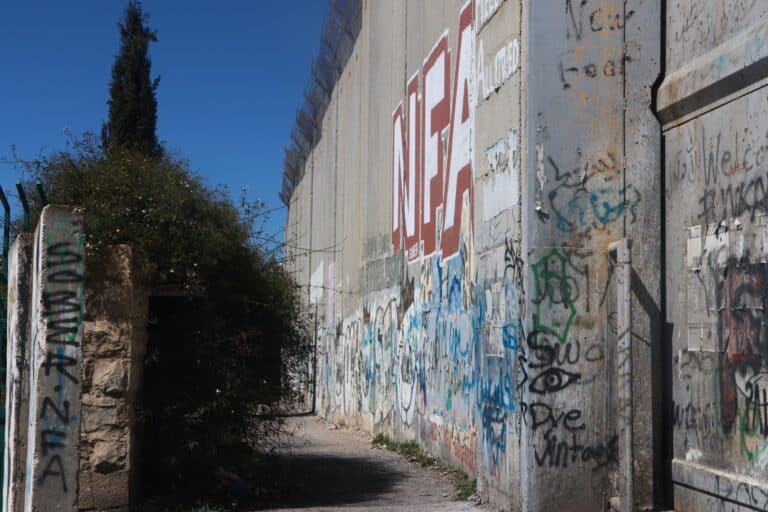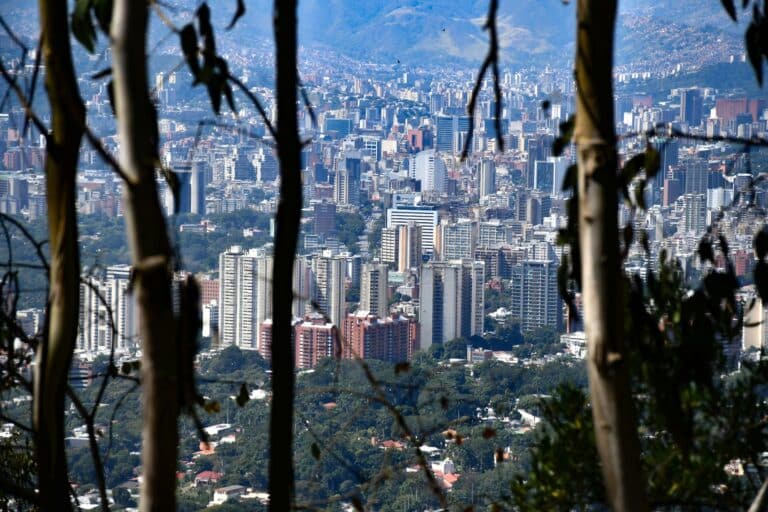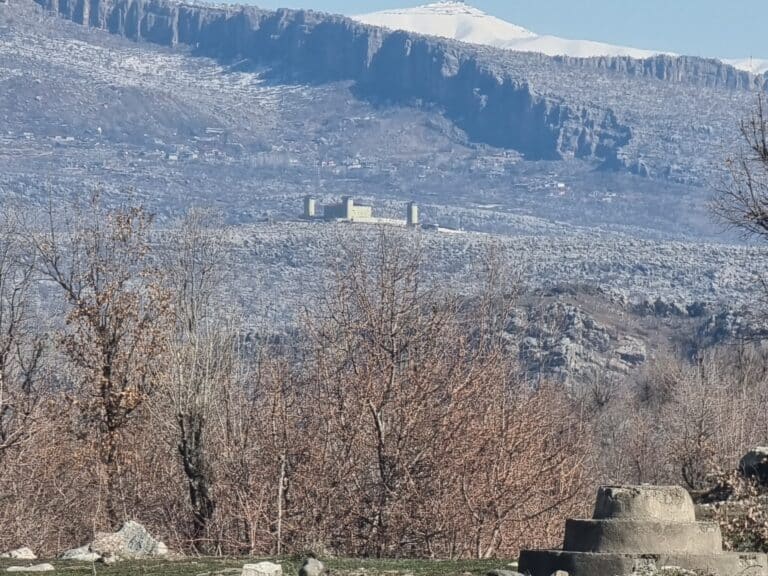One hand behind the back, the other grasping the wrist. When you meet people walking in Palestine, you will start to notice this common pose. It occurs among all ages and genders, but most prominently among older men.
As a Palestinian from the West Bank and a Psychology student, I had never given much thought to the way that Palestinians around me hold their hands, even though I have been doing it too, unconsciously. Just recently, I started observing how I put my hands when I sleep as if they are tied together and above my head, a result of traumatic experiences of being detained twice by the Israeli Occupation Forces.
While on patrols with CPT, I started to notice this pattern of how Palestinians hold their hands. One day, as I passed beside an apartheid wall in the old city of Hebron—a wall that I look at every day—I began to reflect more deeply about some things that I was seeing right in front of me: a quote “make love not walls,” the Palestinian flag, and a drawing of Handala.
That day, the Palestinian child Handala came alive in me.
Handala is an illustration created by artist Naji al-Ali and has since become a symbol portrayed in every Palestinian. If you walk in the old city of Hebron you will see dozens of Palestinians holding their hand in the same way. Al-Ali explained Handala’s hand gesture as a rejection of the US policies to settle the Palestinian issue back in the 1970s. For Palestinians, “Handala, the refugee child who is present in every cartoon, remains a potent symbol of the struggle of the Palestinian people for justice and self-determination.” [Handala]

In order to reflect on the meaning of shaping our hands unconsciously in this way, I met with some locals to discuss with them their understanding of it. One of the shopkeepers in the old city said that “maybe this is something related to constraint and captivity that we live in, it’s unconscious for sure, since we don’t have any control or power and anything we do have, we needed to ask for permission for it.” In conversation with another shopkeeper, she said “I’ve seen people hold their arms the way you showed me many times, and sometimes women are doing it. To hold hands behind their back means the person is lonely and he or she wants someone to support them, while if the hands are in front of their stomach, it means they need to calm down and be less stressed, like when I do it during settler incursions that happen every Saturday in the old city of Hebron.”
I couldn’t help but wonder, are we still shaping our hands in that way because we still reject US policies against Palestine, or has it developed into another meaning that reflects our internal captivity in the occupied area?
While chatting with a passer-by, he said, “I [stand like this] and my father does it too.” But, will his future kids do it as well? Fakher Khalili, a professor in Psychology at An-Najah National University has offered this analysis: “When Naji al-Ali created the Handala icon he didn’t invent it out of nowhere. He painted it as normal behaviour when someone is confused, hopeless, waiting, or hesitant, but it’s not just related to Naji al-Ali. It has existed among people in general.” Khalili added, “the hand position is common in the area and especially in Jordan.” This is expected because the number of Palestinians living in Jordan is now more than four million out of a total population of 10 million.
If one day we are no longer occupied and oppressed, are we going to keep placing our hands in this fashion? Moreover, will Handala remain alive or will he die? But as long as we are not free, Handala will always be alive and will accompany us in our struggle.




